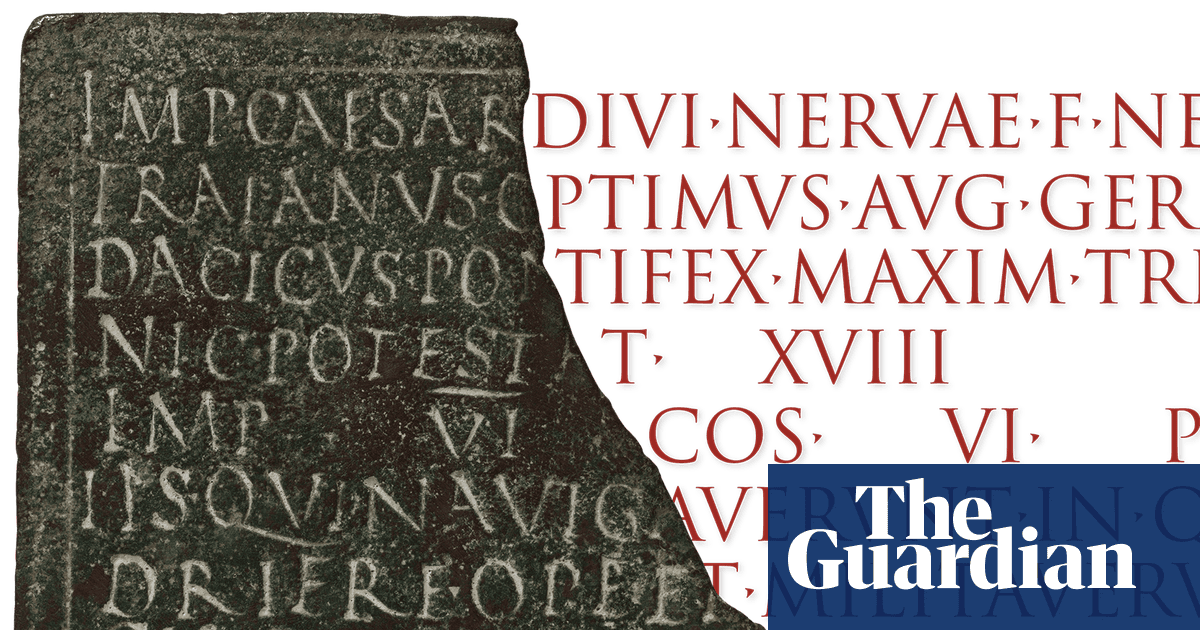Google DeepMind's Aeneas AI Tool Aids Historians in Deciphering Ancient Inscriptions
Google DeepMind's Aeneas AI tool now helps historians decipher ancient Latin and Roman inscriptions, providing crucial assistance in understanding historical texts and artifacts.
Subscribe to unlock this story
We really don't like cutting you off, but you've reached your monthly limit. At just $5/month, subscriptions are how we keep this project going. Start your free 7-day trial today!
Get StartedHave an account? Sign in
Overview
- Google DeepMind has developed Aeneas, a new artificial intelligence tool created to assist historians in their complex work.
- Aeneas specifically targets the challenging task of understanding and interpreting ancient Latin and Roman inscriptions.
- The AI tool provides crucial support, helping historians to accurately decipher and extract meaning from these historical texts.
- This innovation represents a significant step in applying advanced AI technology to the field of historical research and humanities.
- By aiding in inscription interpretation, Aeneas aims to enhance access to ancient knowledge and accelerate historical discoveries.
Report issue

Read both sides in 5 minutes each day
Analysis
The reporting appears neutral and objective by presenting a balanced view of the AI tool Aeneas. It details the technology's capabilities and potential benefits for historians, supported by validation studies and specific examples. Crucially, it also includes significant limitations and unanswered questions, avoiding an overly promotional or critical stance through its comprehensive coverage.
Articles (3)
Center (2)
FAQ
Aeneas is designed to assist historians in deciphering and interpreting ancient Latin and Roman inscriptions, providing crucial support in understanding and analyzing historical texts and artifacts.
Aeneas accelerates the complex and time-consuming work of finding textual and contextual parallels by reasoning across thousands of inscriptions in seconds, whereas traditionally historians relied solely on expertise and specialized resources to identify parallels manually.
Aeneas works with over 176,000 Latin inscriptions from across the ancient Roman world, using the Latin Epigraphic Dataset to analyze texts from a variety of media, including heavily damaged materials, papyri, and coinage.
Google DeepMind co-developed Aeneas in partnership with the University of Nottingham, alongside researchers from the Universities of Warwick, Oxford, and Athens University of Economics and Business (AUEB).
Historians testing Aeneas on famous Roman texts like the Res Gestae Divi Augusti have found it helpful in over 90% of cases, demonstrating significant potential to enhance and accelerate historical research.
History
- This story does not have any previous versions.


